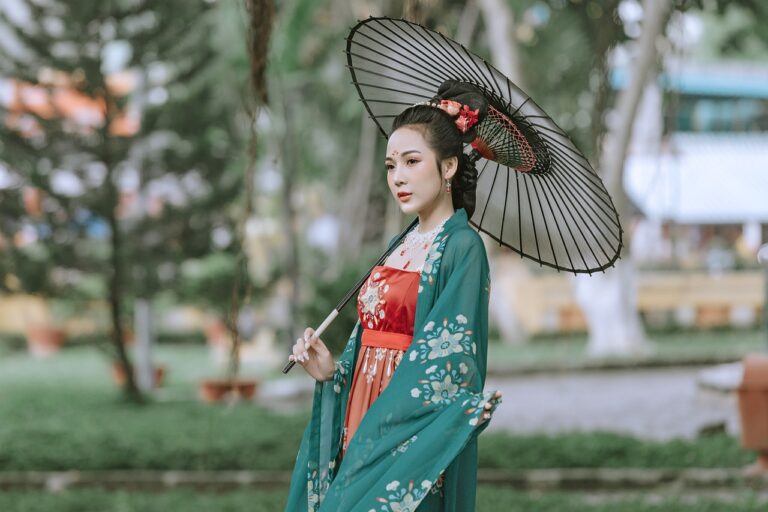Fashion and Culture: A Look at Traditional Attire
Traditional attire varies greatly across different cultures, reflecting the diverse histories, beliefs, and values of each society. From the colorful saris of India to the elegant kimonos of Japan, traditional clothing serves as a visual representation of a community’s identity and heritage. These garments are often crafted with intricate patterns and skilled techniques that have been passed down through generations, showcasing the artistry and craftsmanship of each culture.
Moreover, traditional attire plays a significant role in celebrations and ceremonies, symbolizing important milestones and cultural traditions. In many societies, specific garments are worn during weddings, festivals, or religious ceremonies to honor and preserve customs that hold deep meaning for the community. This connection between traditional attire and cultural practices highlights the importance of clothing as more than just fabric – it is a powerful symbol of heritage and unity among people around the world.
The Significance of Traditional Clothing
Traditional clothing holds a deep cultural significance for many communities worldwide. It serves as a symbolic expression of identity, heritage, and values that have been passed down through generations. These garments often reflect the history of a particular culture, revealing unique patterns, colors, and designs that are specific to their traditions.
Additionally, traditional attire plays a crucial role in preserving cultural heritage and fostering a sense of belonging and pride within a community. By wearing these traditional garments on special occasions or as everyday dress, individuals not only honor their roots but also showcase a rich tapestry of customs and beliefs to the world. The intricate craftsmanship and attention to detail in traditional clothing highlight the skills and artistry of artisans, further enriching the cultural tapestry that connects past, present, and future generations.
What is traditional attire?
Traditional attire refers to clothing that is specific to a particular culture or region and is passed down through generations.
Why is traditional clothing important?
Traditional clothing is important because it helps to preserve cultural heritage, identity, and values. It also serves as a way to connect with one’s roots and history.
How does traditional attire vary around the world?
Traditional attire varies around the world based on factors such as climate, geography, history, and cultural influences. Each region has its own unique styles and designs that reflect its heritage and traditions.
What is the significance of traditional clothing in ceremonies and celebrations?
Traditional clothing plays a significant role in ceremonies and celebrations as it symbolizes respect, honor, and tradition. It often represents important aspects of cultural beliefs and values.
How can wearing traditional clothing promote cultural awareness and appreciation?
Wearing traditional clothing can promote cultural awareness and appreciation by showcasing the beauty and diversity of different cultures. It can also spark conversations and interest in learning more about the history and significance of the attire.





